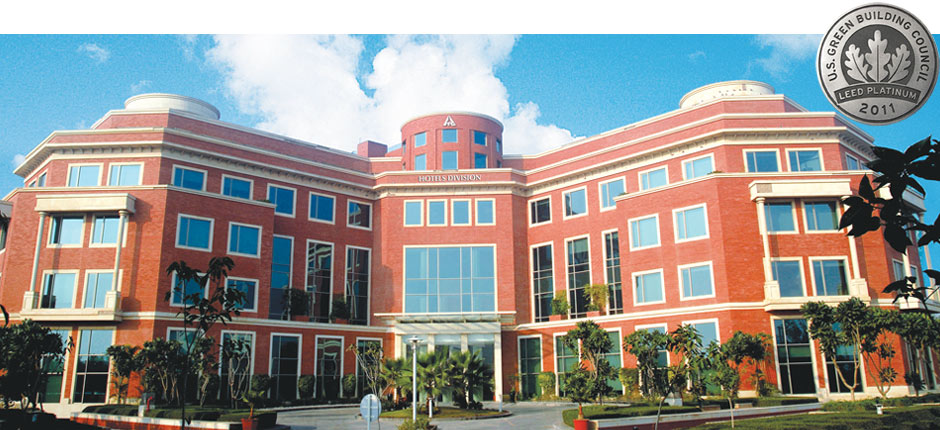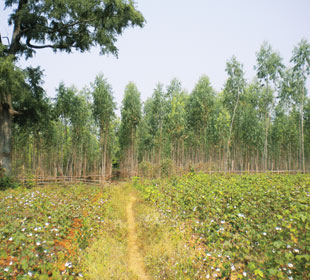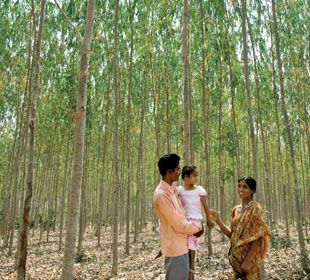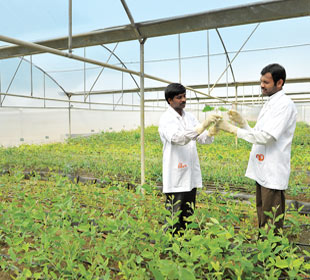Environmental Performance
Climate Change and Sustainable Development
 Climate Change Risks
Climate Change Risks
Based on our assessment through comprehensive studies to identify and evaluate the climate change risks for all our businesses, individual strategies for mitigation and adaptation have been worked out.
Agriculture
Since ITC is largely dependent on agricultural inputs, possible disruption in agricultural patterns & yields is a significant potential risk. Besides the direct impacts of climate change, water availability is the single largest risk that we foresee. A decline in agricultural output due to changed weather patterns and higher temperatures not only impacts ITC but also threatens to push millions of marginal farmers over the brink, thus increasing the vulnerability of those who are dependent on agriculture for their livelihoods. ITC continues to pursue a Triple Bottom Line approach that contributes to the creation of economic, environmental and social capital.
Our water conservation, watershed development and rainwater harvesting projects not only improve the sustainability of our agri-related businesses, but also create sustainable livelihoods for large number of marginal farmers. Our R&D specialists, in collaboration with expert study groups are consistently evaluating agricultural productivity/adaptation issues related to climate change and support is provided to farmers through in house extension services.
Built Environment
Our businesses and Units are also exposed to the physical risks associated with the impact of climate change. We have 2 large manufacturing facilities in coastal areas. Protection of our assets in these coastal areas has been reinforced in anticipation of increased severity of storms and cyclones, which are likely to occur. While all new buildings have been constructed in line with the requisite factors of safety, existing buildings and infrastructure were reinforced wherever required. This initiative was taken up in a phased manner and has been completed.
Disruption in road and rail traffic by such extreme events may also affect the output of individual Units, which has been addressed by appropriate contingency and insurance plans. Higher surface temperatures (increased air conditioning costs) and disruption in water supplies are other anticipated risks.
Establishment of Green buildings is one of the relevant responses to these environmental challenges. ITC was the pioneer in the green buildings movement, which commenced with the construction of the ITC Green Centre at Gurgaon, which in 2004 was the largest LEED platinum rated office space in the world.
During the recertification carried out in 2012, the ITC Green Centre was identified as the highest rated green building in the World with platinum certification. All new construction by ITC now incorporates validated green attributes and efforts are underway to have existing buildings and factories also meet these validated green norms. In this year, the Cigarette factories at Bengaluru and Saharanpur have also received LEED platinum rating from the Indian Green Building Council and all ITC premium luxury hotels are now LEED certified green buildings with platinum rating.




